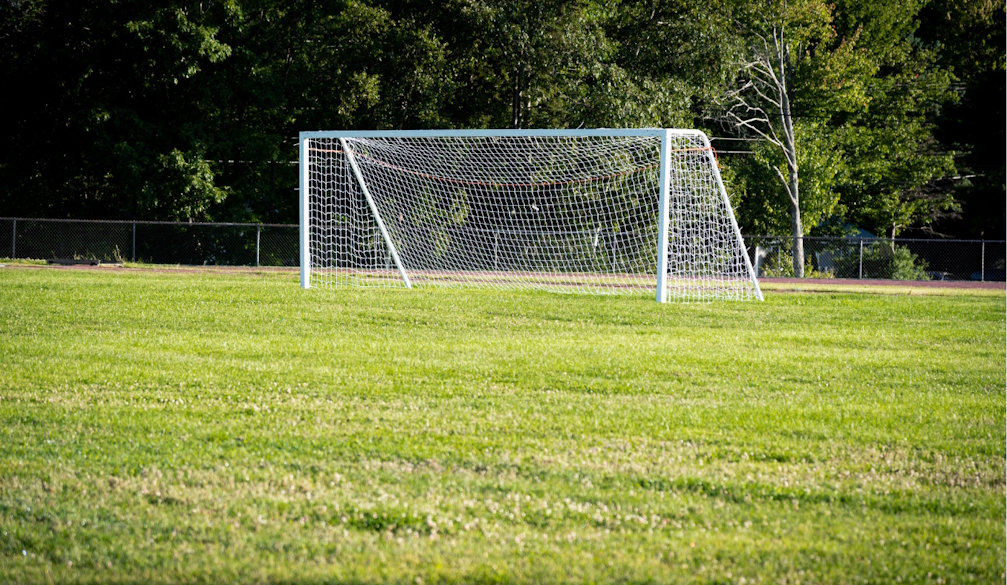What parents and youth athletes can do to protect against abuse in sport
- Written by Fanny Kuhlin, PhD candidate in Sport Management (Sport Science), Örebro University

From the horrific Larry Nassar abuse scandal[1] in United States gymnastics to the “environment of fear[2]” some volleyball athletes endured at the Australian Institute of Sport, abuse in sport has been well documented in recent years[3].
This abuse in elite sport sport has been particularly visible but it is not just happening at the top level. Abusive and harmful practices are happening in all sports, at all ages and at all competition levels.
While sport can have many wonderful benefits[4] for young people, it can also have a dark side, one where abuse can flourish[5], leading to serious psychological and physical harm.
How can parents ensure their children are safe?
Read more: The 3 changes Australian sport must make after Volleyball Australia's shocking abuse report[6]
Abuse in sports
A 2022 Australian study[7] showed 82% of those taking part in the study had experienced physical, psychological or sexual abuse during their time participating in community sport. This makes the abuse prevalence similar to that found in elite sport environments[8].
The line between abuse and acceptable behaviour is blurred more in sport than in many other environments.
For example, in school, it would be unacceptable for a teacher to scream at a child who performed poorly on a test but in sports, screaming is a commonly used strategy[9] by a coach to correct a young athlete’s behaviour.
Research from earlier this year[10] shows athletes often justify the behaviours of their coaches.
The following quote from an elite-level gymnast in an ongoing research project demonstrates how athletes often learn to accept abusive behaviours as necessary for their performance:
(He) was a strict coach. He spoke loudly […] but I’m a gymnast, I need that. I don’t know if everybody needs that but if I did something really bad, he screamed at me and this kind of gave me motivation to push myself more, so for me this type of coaching style was really good.
Challenges and changes
The “win-at-all-costs” mentality in many sports is also problematic.
When winning is everything, abusive practices are not seen as a problem to be stamped out but rather as legitimate strategies[11] to motivate and toughen up the participants.
Athletes are not the only ones who normalise these practices. Parents, coaches and administrators might also come to tolerate, accept or even celebrate abusive behaviours and cultures as a “natural” part of sport.
This means experiences of abuse may flourish in such environments.
Thankfully, some sports organisations have in recent years made significant changes[12] to reduce the likelihood of abuse and deal with cases as soon as they arise.
Sport Integrity Australia (SIA), for example, is implementing national policies for safeguarding[13] and whistleblowing[14], where abuse and harmful behaviour can be reported.
SIA has also recently co-developed a course[15] with other leading sport agencies to help coaches working with young athletes better navigate the complexities of physical, emotional and psychological development.
While these are potentially steps in the right direction, researchers[16] have pointed out that similar efforts have achieved mixed results and there are no guarantees of athlete safety.
Parents may therefore rightly ask what they might do to protect their child(ren) from abuse and maximise the positive gains from participating in sport.
Tips for parents and caregivers
Firstly, parents and caregivers have the right to be included in their childrens’[17] sporting participation.
This involves being informed about training times and competition schedules, training content, coaching style and behavioural expectations.
Parents should also be welcomed to watch their children’s training sessions at any time and unannounced.
Denying parents information or access to facilities have been identified as a potential risk factors[18].
The right for inclusion also refers to decision-making. Sport is often hierarchical with authoritarian leadership styles, which are significant risk factors[19] for abuse in sports.
So it is important children and their parents are provided with spaces and opportunities to have a say in matters related to their (child’s) sporting participation.
Secondly, young athletes and their parents/caregivers should be made aware of the policies and safety measures put in place to keep children safe.
If these are not clearly communicated, parents/caregivers are encouraged to ask[20] what actions a club has put in place.
If protection and prevention are not developed, or considered limited or ineffective, parents are recommended to raise their concerns.
Lastly, parents should be conscious of the “win-at-all-costs” mentality found in many sports and consider how this can lead to abusive practices being accepted as a “natural” part of sport.
By staying informed, involved and attentive, parents can play a powerful role in supporting safer sporting environments for all children.
Correction: this article was amended to clarify 82% of study participants had experienced abuse during their time participating in community sport, rather than 82% of the whole population.
References
- ^ Larry Nassar abuse scandal (www.theguardian.com)
- ^ environment of fear (www.smh.com.au)
- ^ well documented in recent years (www.abc.net.au)
- ^ many wonderful benefits (www.who.int)
- ^ abuse can flourish (humanrights.gov.au)
- ^ The 3 changes Australian sport must make after Volleyball Australia's shocking abuse report (theconversation.com)
- ^ A 2022 Australian study (journals.sagepub.com)
- ^ found in elite sport environments (bjsm.bmj.com)
- ^ commonly used strategy (www.peaksports.com)
- ^ Research from earlier this year (www.tandfonline.com)
- ^ legitimate strategies (www.tandfonline.com)
- ^ made significant changes (volleyball.org.au)
- ^ safeguarding (www.sportintegrity.gov.au)
- ^ whistleblowing (www.sportintegrity.gov.au)
- ^ course (www.ais.gov.au)
- ^ researchers (bjsm.bmj.com)
- ^ included in their childrens’ (www.sportintegrity.gov.au)
- ^ potential risk factors (www.tandfonline.com)
- ^ significant risk factors (www.tandfonline.com)
- ^ encouraged to ask (www.sportintegrity.gov.au)




















